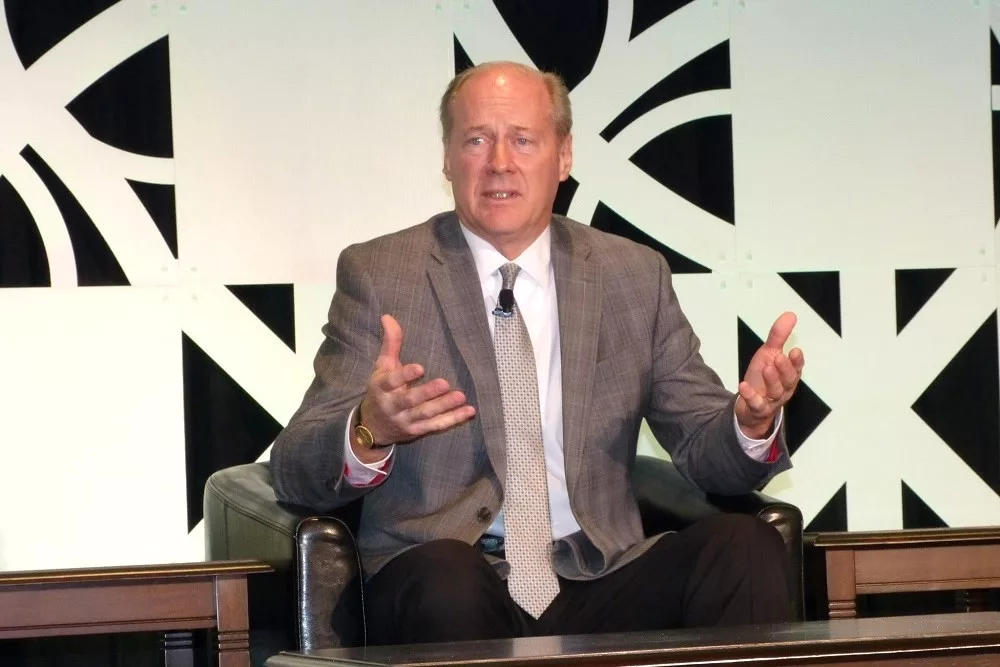
Your browser doesn’t support HTML5 audio
Keeping African Swine Fever and other diseases out of the U.S. is the goal of our many animal health organizations. That’s why Indiana’s top animal health official is leading the way when it comes to preparing the ag industry for the next emergency.
“We talk about A.D.R.’s—things that ‘Ain’t Doin’ Right’—which is kind of silly, but people remember it,” says Dr. Bret Marsh, State Veterinarian with the Indiana State Board of Animal Health.
He was part of a panel discussion earlier this week in Indianapolis during the NASDA Annual Meeting—hosted by the National Association of State Departments of Agriculture—about biosecurity and best practices when it comes to keeping a foreign animal disease from spreading and having a crippling effect on the livestock sector.
“These viruses know no boundaries and they’ll move across state lines very easily,” says Marsh, “So it’s important we continue that communication—not only among the state veterinarians, but other state partners with the Indiana Department of Natural Resources (DNR) or Indiana State Department of Agriculture (ISDA). We also have partners at the federal level with USDA and the Food and Drug Administration (FDA). We talked on the panel about making sure you know those individuals and those entities before an emergency event so you’re not introducing yourself once something goes wrong.”
Much like the spread of HPAI in dairy cattle this year, he recommends that producers alert health officials immediately if they find that their poultry or livestock are also A.D.R.—or, “Ain’t Doin’ Right”.
Once it enters a state, like HPAI has in California most recently, the disease in found in two or three animals. The next thing you know, it’s six, ten, etc.,” he says. “It moves within those populations so we’re trying to learn how this virus is moving, and it appears that it’s people and hands and feet and cattle movements, and so we have to be aware that this virus is clearly on the move.”
Marsh credits the teamwork between federal and state animal health officials for keeping foreign animal diseases at bay.
“We’ve been fortunate with a number of measures that have been put in place. I’m proud of what USDA has done with Customs Border Protection. Also, the Department of Homeland Security to keep agricultural products out. These measures have been in place for a very long time and fortunately, a disease like Hoof-and-Mouth has not been diagnosed in the country in nearly a century. These measures have made a difference for us and have contributed to our productivity all through the agricultural sector,” says Marsh.
